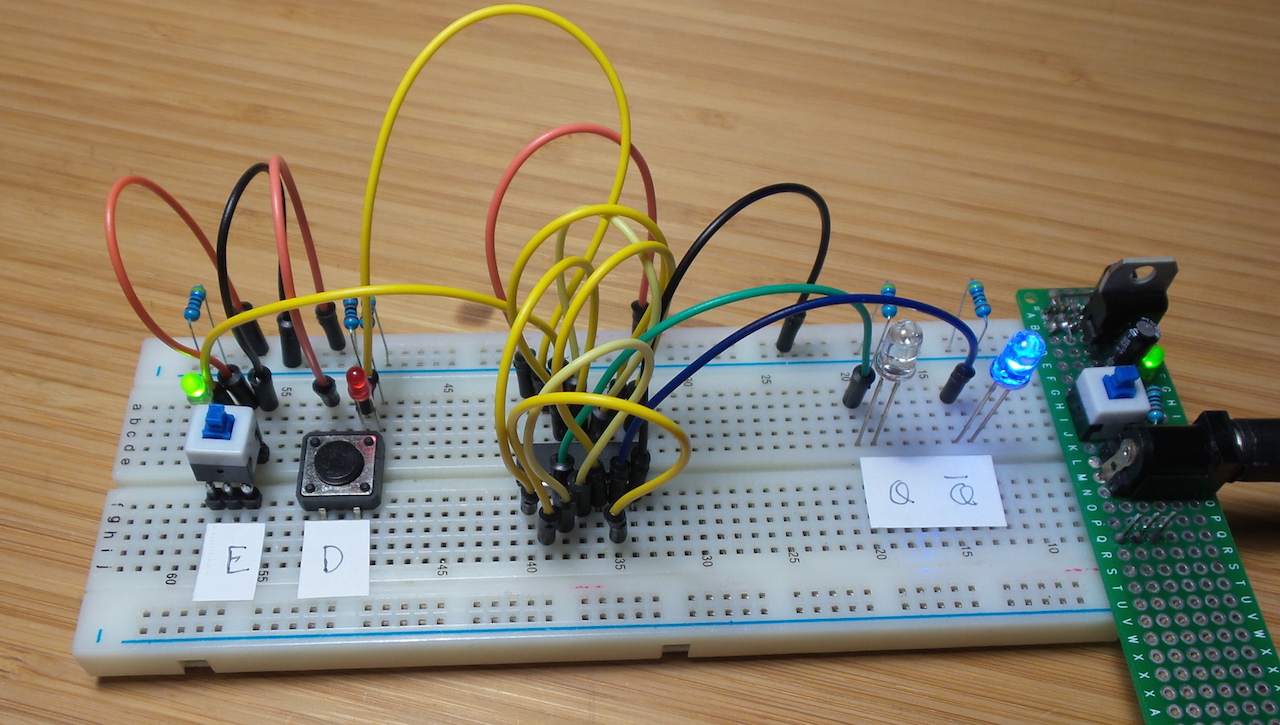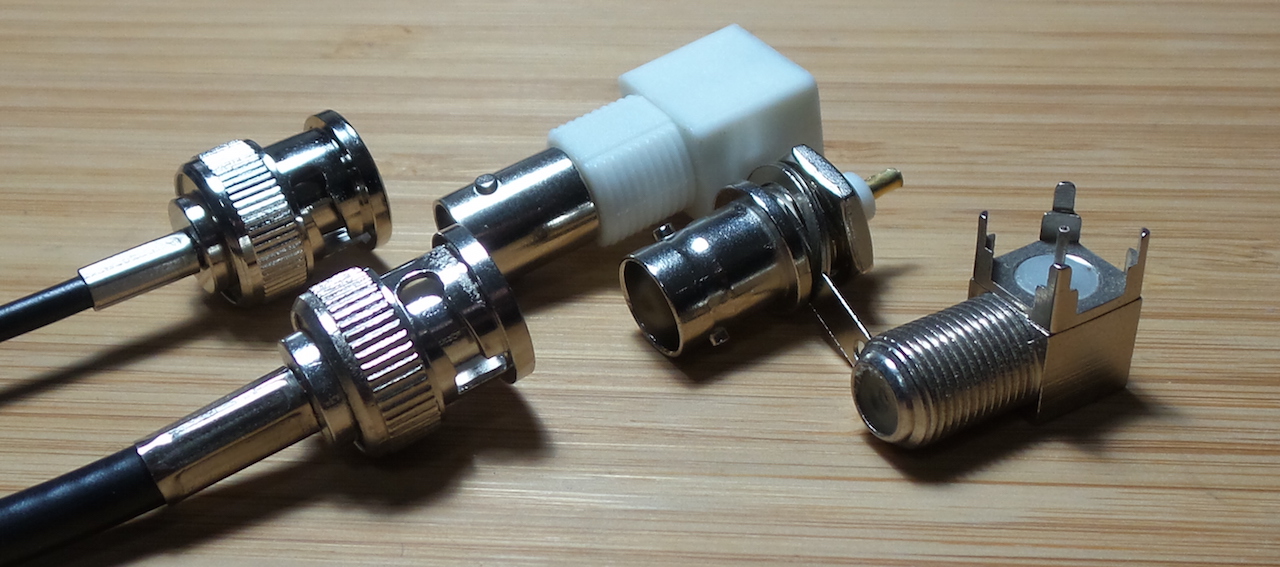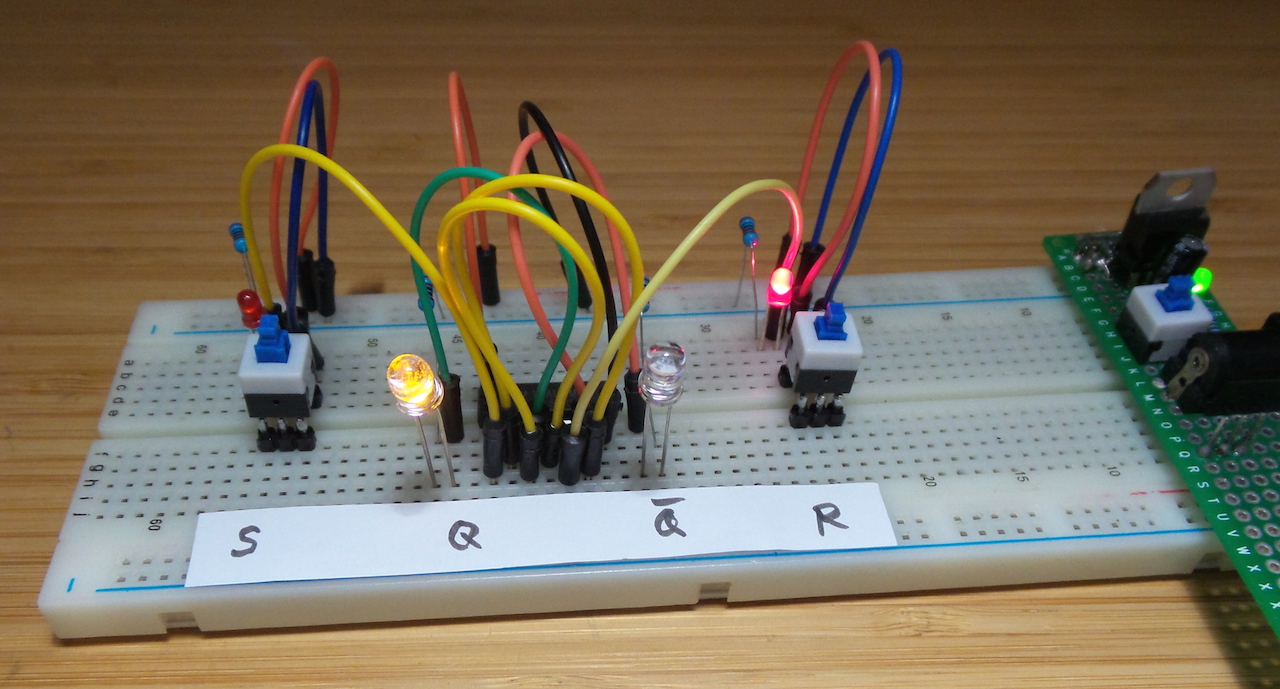LEAP#349 BURN a new demo for the Stringy
So, a long time after building the Boldport Club String, I decided to read the source .. and discovered I totally missed the fact that it has a demo mode!
I started out reading the source to learn more about the tricks James Hutchby used to implement the Karplus-Strong algorithm, but I was quickly distracted and decided first to make some new demo tracks..
After first confirming I could burn the original source, and of course wanting to avoid trascribing by hand in assembler, I got this workflow going:
Guitar Pro > MusicXML > stringyfi Ruby gem > MPLAB X IDE > PICkit 3 > Stringy!
As always, all notes, schematics and code are in the Little Electronics & Arduino Projects repo on GitHub

Here’s the new demo in action..
read more and comment..
LEAP#348 D Latch with NAND gates
The gated D latch is perhaps the fundamental 1-bit memory unit in active digital logic.
There are a few ways of constructing a D latch, here I’m using a NAND gate SR latch as the base, which is convenient as all it requires is a single 74LS00 (quad two-input NAND).
As always, all notes, schematics and code are in the Little Electronics & Arduino Projects repo on GitHub

read more and comment..
LEAP#347 RF Connectors
Just notes on RF connectors, including crimping your own…
As always, all notes, schematics and code are in the Little Electronics & Arduino Projects repo on GitHub

read more and comment..
LEAP#346 S/R Latch with NAND Gates
Yet another implementation of a Set-Reset flip-flip, this time using NAND gates.
The NAND gate implementatation has an undefined state with both inputs high, whereas a NOR gate implementatation has an undefined state with both inputs low.
Consequently NOR gates are typically used for active-high SR latches and NAND gates for active-low SR latches. A good example of this is the application in touch sensors, where active low makes sense. See the Boldport Club tap and mostap projects for examples of this.
As always, all notes, schematics and code are in the Little Electronics & Arduino Projects repo on GitHub
Here’s a quick demo:
read more and comment..

